A survey of Glanbia milk suppliers has found that 60% expect milk supply will be impacted by soil moisture deficits over the coming weeks, while 82% expected grass growth to be hindered.
Over the last fortnight, Glanbia Ireland’s advisory team has surveyed 150 farmers to assess the impact recent dry weather has had on farms. Grass growth recorded over the week ranged from 20kg DM/ha to 85kg DM/ha.
Almost 15% of farms surveyed are buffer feeding silage, with a smaller percentage of farms in Munster buffer feeding compared to a significantly larger percentage in Leinster.
Growth
Leinster has an average daily grass growth rate over the past seven days of 49kg DM/ha, approximately 18.5% behind Munster according to PastureBase data.
In most of the country, soil moisture deficits currently range from 40mm to 70mm for all soil types, according to figures from Met Éireann. Deficits are likely to increase further as there is little rainfall forecast for the coming week.
Farmers have been urged to take prompt action to assess and manage their farm grass covers due to a reduction in growth.
Costs
Glanbia Ireland’s chief agribusiness growth officer Seán Molloy explained: “It is important that suppliers act early to assess and quantify current grass demand on farm. Proactive steps now will help cope with weather-related grass growth setbacks as it can drive costs on farms and reduce milk production in herds.”
The co-op’s technical team has advised farmers to extend rotation lengths
Glanbia has estimated that in a 100-cow herd yielding 26l/day, the difference between a decline of 3%/week and 2.5%/week fall in milk production would be a loss of more than €7,000 between now and the end of lactation.
The co-op’s technical team has advised farmers to extend rotation lengths to 25 days and maintain and minimum farm cover of 500kg DM/ha.
Advice
A number of steps that farmers can take were also outlined:
Demand should match growth on the platform. To decrease demand, bring uncut silage ground back into the rotation if cover is <2500kg DM/ha and prioritise lactating cows over dry stock and young stock.Maintain post-grazing residuals of 4cm as over grazing will impede recovery.Maintain fertiliser nitrogen (N) applications while farm is still green. Where slurry is not applied or delayed it is important to use P and K with nitrogen.Early intervention and strategic use of concentrate is advisable to retain the integrity and structure of the normal grazing rotation.When available grass falls below 12kg DM/cow/day there is a requirement to introduce incremental forage in conjunction with concentrates/straights.When grass availability falls to 60% or less of dry matter intake, a good source of long fibre is critical to sustain milk solids and rumen function. The most ideal product for this purpose is alfalfa.In severe deficit situations consider confining dry stock and using a combination of silage, concentrates/straight to preserve grass for high priority stock. Read more
Farmer Writes: Glanbia after-tax margin dictating decisions for the year
Glanbia to undertake grain planning census with its growers
A survey of Glanbia milk suppliers has found that 60% expect milk supply will be impacted by soil moisture deficits over the coming weeks, while 82% expected grass growth to be hindered.
Over the last fortnight, Glanbia Ireland’s advisory team has surveyed 150 farmers to assess the impact recent dry weather has had on farms. Grass growth recorded over the week ranged from 20kg DM/ha to 85kg DM/ha.
Almost 15% of farms surveyed are buffer feeding silage, with a smaller percentage of farms in Munster buffer feeding compared to a significantly larger percentage in Leinster.
Growth
Leinster has an average daily grass growth rate over the past seven days of 49kg DM/ha, approximately 18.5% behind Munster according to PastureBase data.
In most of the country, soil moisture deficits currently range from 40mm to 70mm for all soil types, according to figures from Met Éireann. Deficits are likely to increase further as there is little rainfall forecast for the coming week.
Farmers have been urged to take prompt action to assess and manage their farm grass covers due to a reduction in growth.
Costs
Glanbia Ireland’s chief agribusiness growth officer Seán Molloy explained: “It is important that suppliers act early to assess and quantify current grass demand on farm. Proactive steps now will help cope with weather-related grass growth setbacks as it can drive costs on farms and reduce milk production in herds.”
The co-op’s technical team has advised farmers to extend rotation lengths
Glanbia has estimated that in a 100-cow herd yielding 26l/day, the difference between a decline of 3%/week and 2.5%/week fall in milk production would be a loss of more than €7,000 between now and the end of lactation.
The co-op’s technical team has advised farmers to extend rotation lengths to 25 days and maintain and minimum farm cover of 500kg DM/ha.
Advice
A number of steps that farmers can take were also outlined:
Demand should match growth on the platform. To decrease demand, bring uncut silage ground back into the rotation if cover is <2500kg DM/ha and prioritise lactating cows over dry stock and young stock.Maintain post-grazing residuals of 4cm as over grazing will impede recovery.Maintain fertiliser nitrogen (N) applications while farm is still green. Where slurry is not applied or delayed it is important to use P and K with nitrogen.Early intervention and strategic use of concentrate is advisable to retain the integrity and structure of the normal grazing rotation.When available grass falls below 12kg DM/cow/day there is a requirement to introduce incremental forage in conjunction with concentrates/straights.When grass availability falls to 60% or less of dry matter intake, a good source of long fibre is critical to sustain milk solids and rumen function. The most ideal product for this purpose is alfalfa.In severe deficit situations consider confining dry stock and using a combination of silage, concentrates/straight to preserve grass for high priority stock. Read more
Farmer Writes: Glanbia after-tax margin dictating decisions for the year
Glanbia to undertake grain planning census with its growers




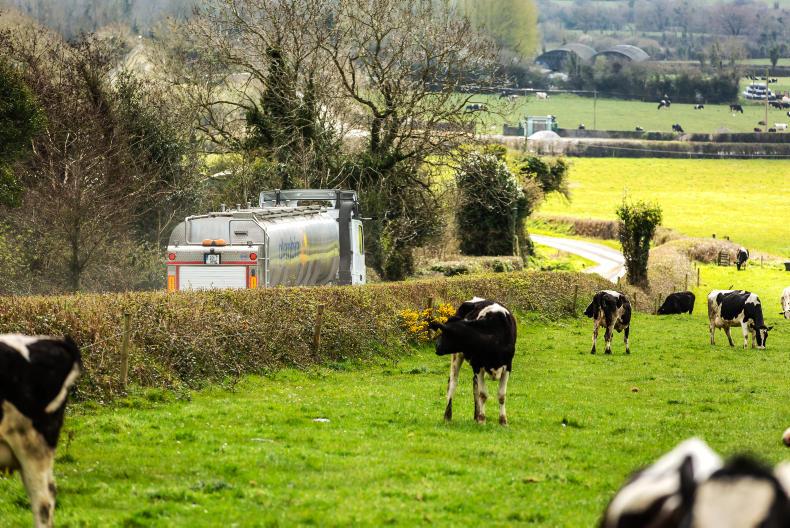
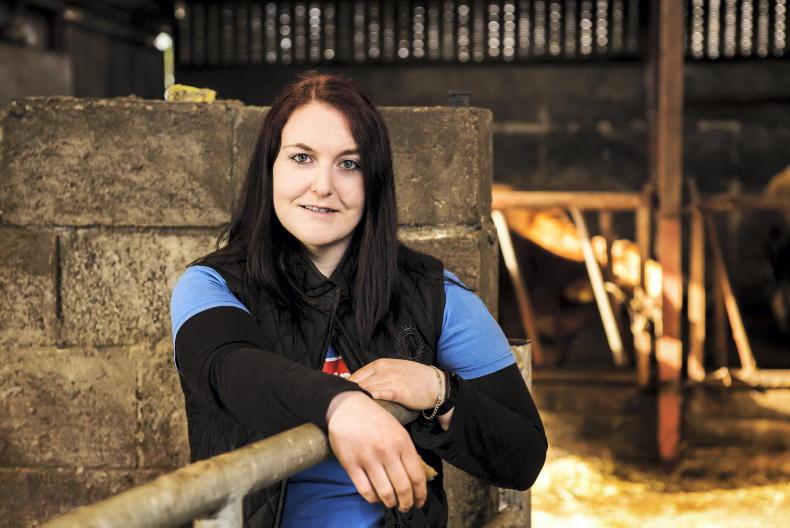

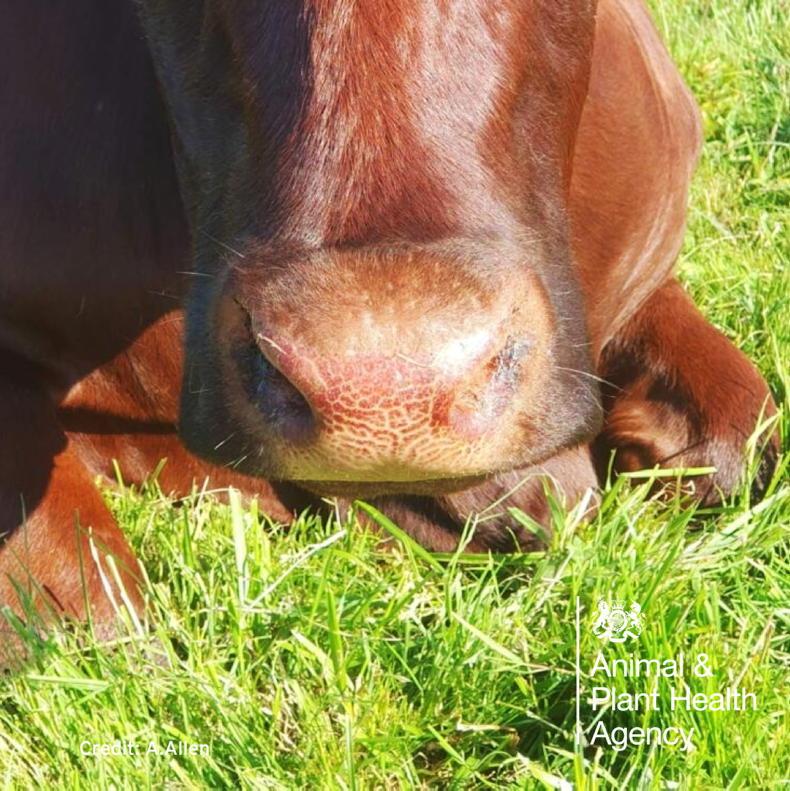
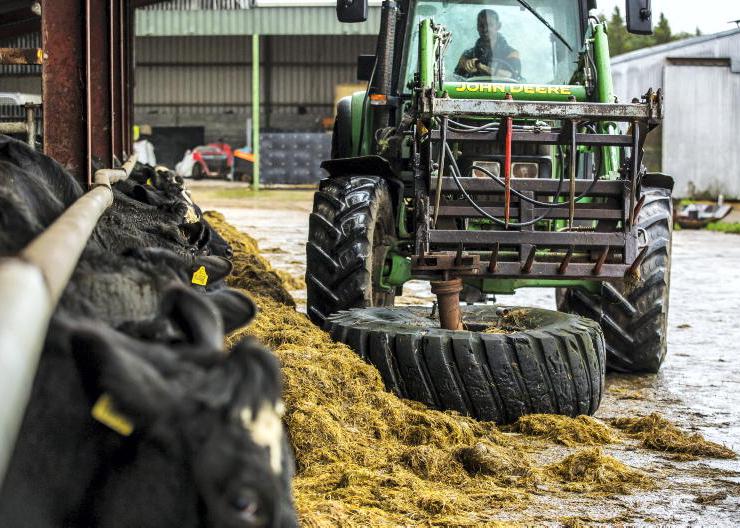
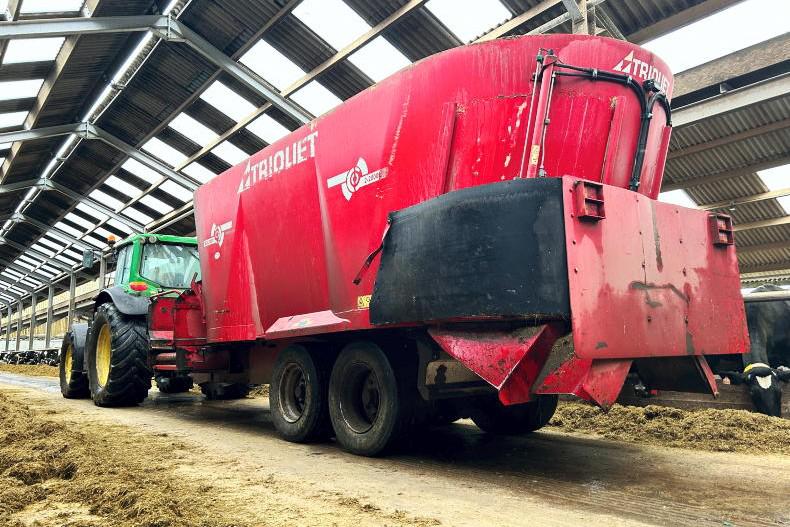
SHARING OPTIONS